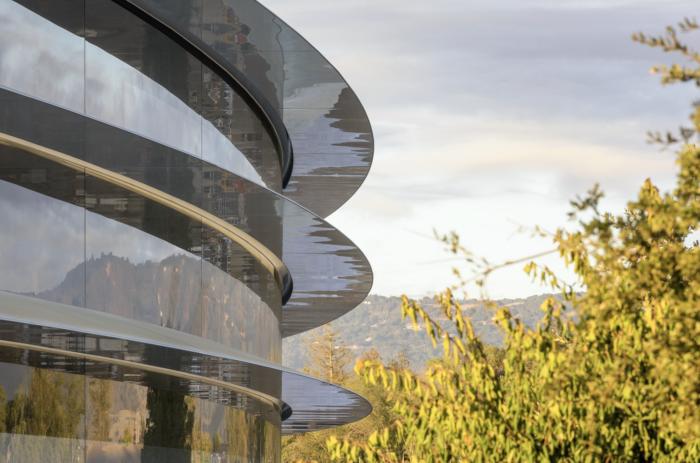Apple’s leadership gets flexible as it faces US tariff attack

Apple continues to be flayed by the new US tariff regime, so much so that the company’s senior management are looking at all available options to mitigate the huge damage the new tax regime will do to America’s biggest tech companies. These options include additional diversification, including the expansion of iPhone manufacturing in Brazil.
Apple seeks the choices
That’s according to local reports (via 9to5Mac) which observe that Apple has been assembling some products in Brazil since 2011.
The scale of the operation is limited – just a few products are made in Brazil, including entry-level iPhones for sale there, but Apple may now choose to increase the level of production to include other iPhone models.
“The possibility of expanding manufacturing in Brazil began to be studied last year, with upgrades to machinery and industrial processes,” says the report.
Apple and its partner, Foxconn Brazil, do already have the go ahead to make iPhone 16 models there, and may also extend this to include iPhone 16 Pro models, according to the report.
If Apple were to ramp up iPhone manufacture there then it would benefit from the lower 10% tariff being applied to US imports from Brazil. That compares with 34% on Chinese imports and a surprising 26% on imports from India.
The futility of it all
As we know, the current administration thinks that by applying these taxes it will encourage big tech to manufacture more goods in the US. The problem is that this isn’t possible in any immediate time scale.
Were Apple to decide to shift all its iPhone manufacturing to the US, building the factories and training the staff would take many years, and the cost of running those factories would also be far higher. The impact of which would be higher prices for consumers, just as these tariffs will also require.
Apple in February announced plans to invest $500 billion in the US for various initiatives, including a new factory in Texas. But that’s just a drop in the ocean compared to the scale of iPhone manufacture.
And America doesn’t have the staff.
China has engineers who can meet the high quality specs Apple demands, and the US does not. It cannot find the skilled workers it needs there – and even if it could, the cost of their labour is far higher.
Here comes the $3,500 iPhone
Wedbush Securities analyst Daniel Ives says it would take Apple three years and $30 billion to move just 10% of its supply chain from Asia to the US and doing so would have a big impact on product prices. “The chances that Apple and the overall tech supply chain moves to the U.S. is a fantasy, fictional tale, unless you like $3,500 iPhones, $2,500 TVs and $300 AirPods,” Ives said.
Consumers may be protected from price increases for a while. Apple has reportedly shipped an unusually high number of iPhones into the US from India and China in advance of the new US tariff announcement, building up a stockpile to serve immediate need. These will shield the company and its consumers from any immediate price increases, giving management time to, maybe, find a deal.
You can follow me on social media! Join me on BlueSky, LinkedIn, and Mastodon.

